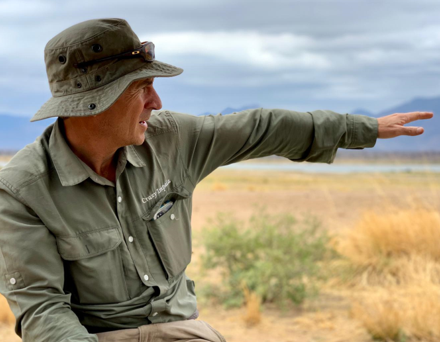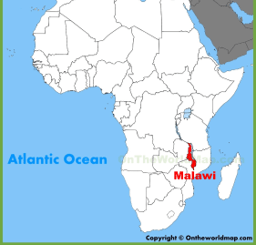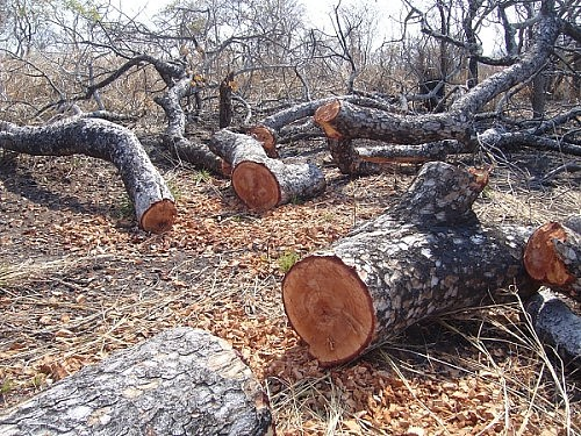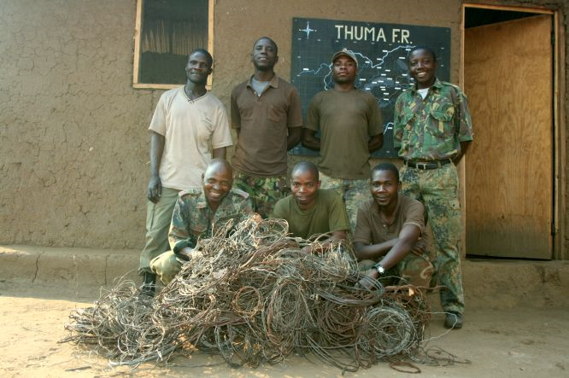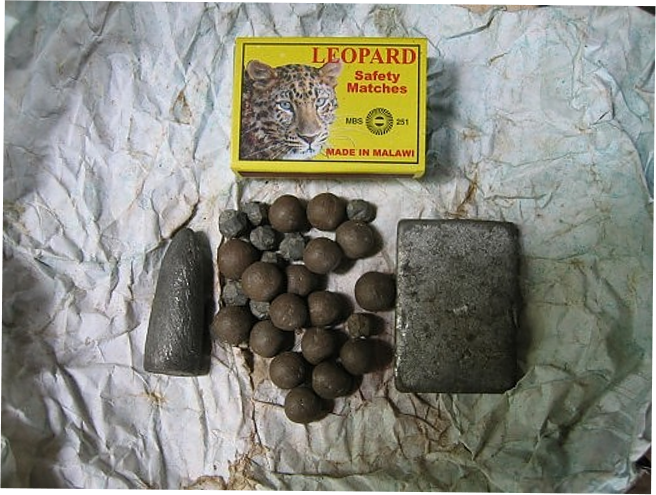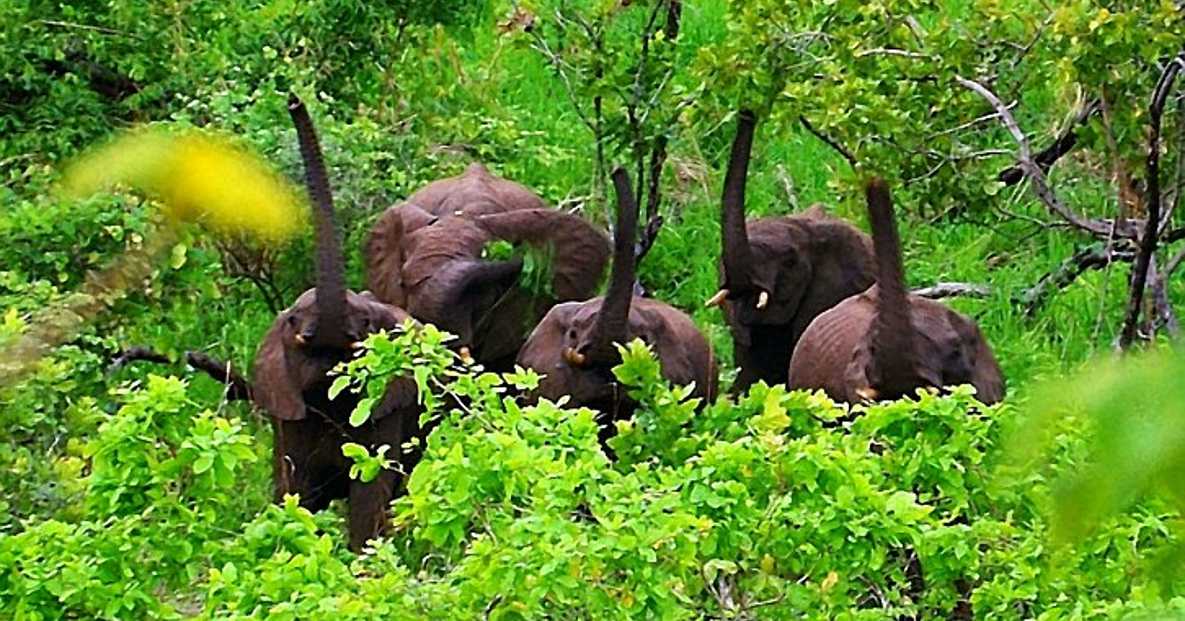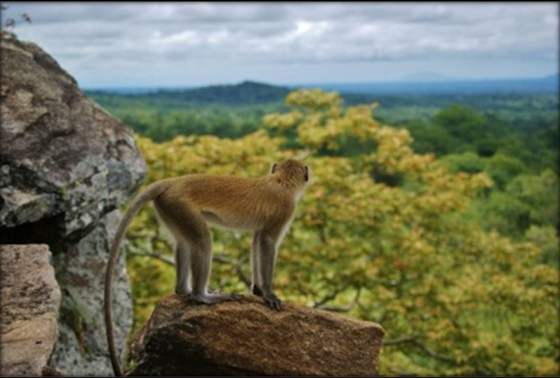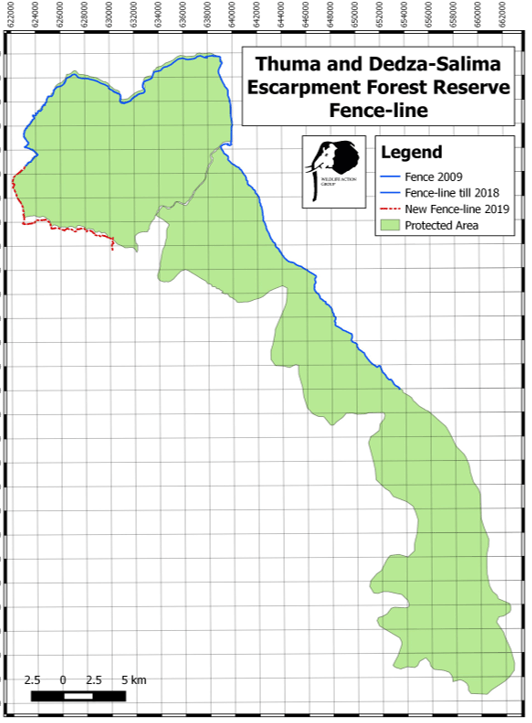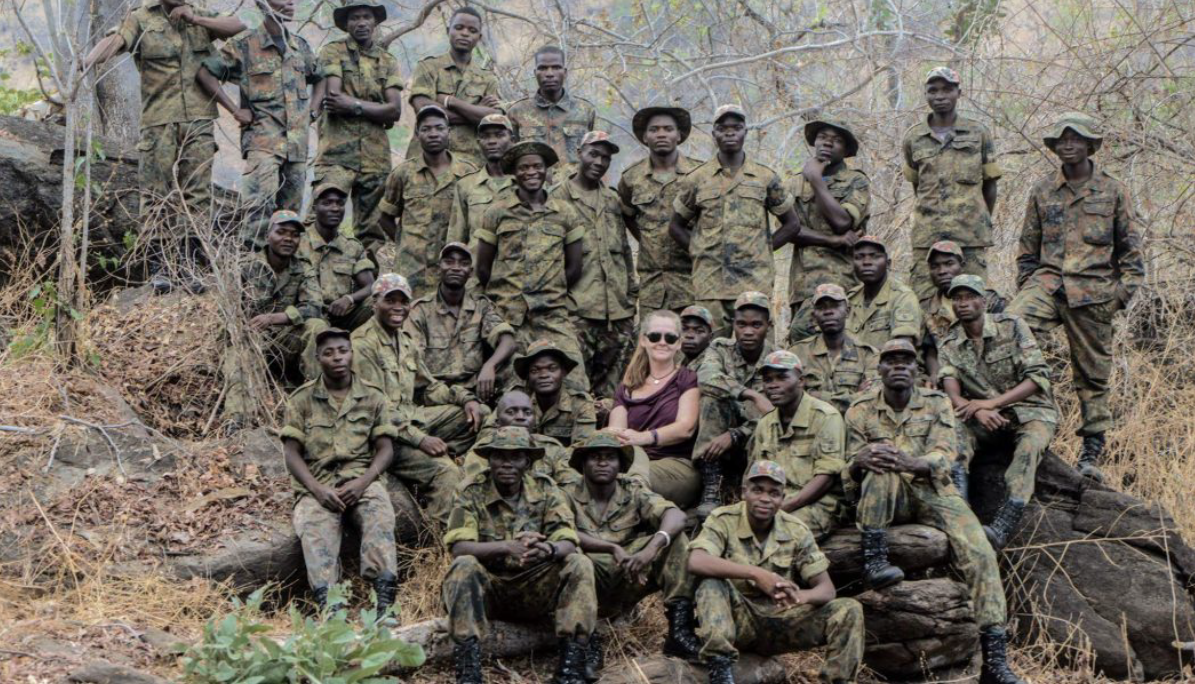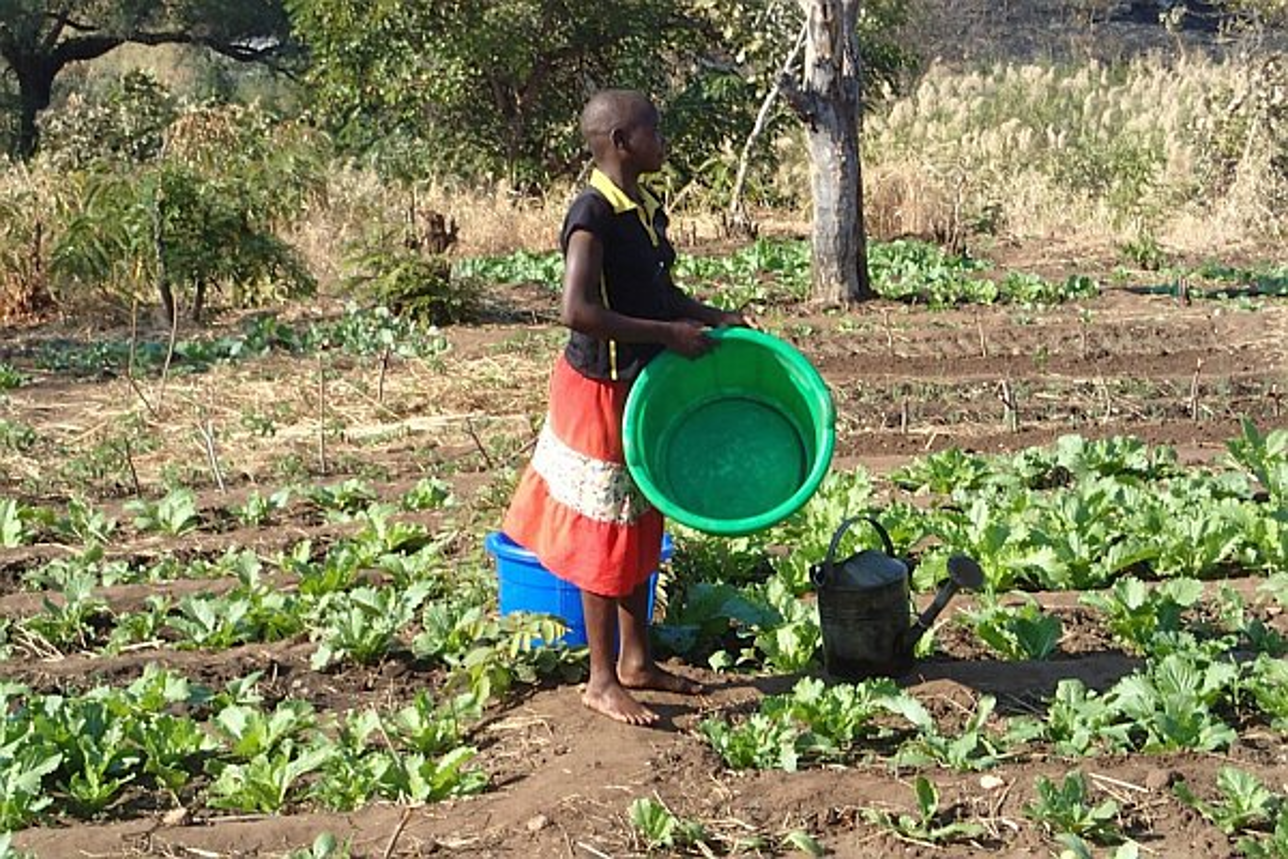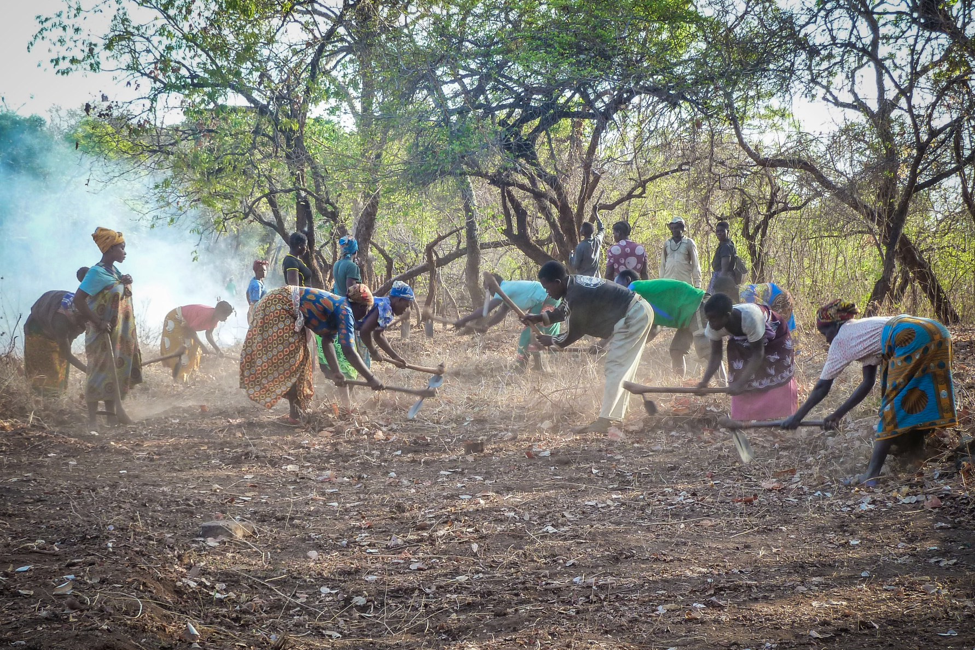Elefence President Dick Houston Introduces Newest Trustee, Nic Polenakis
ELEFENCE ELEPHANT PROJECTS IN MALAWI
In Partnership with Wildlife Action Group [WAG] a Malawi conservation foundation
Lynn Clifford, Field Manager of WAG, monitors drugged bull elephant as radio collar is attached.
WHAT IS HUMAN-ELEPHANT CONFLICT AND ITS CAUSES?
Malawi is a small land-locked country in Africa and also the 5th poorest country in the world.
Malawi's elephant population plummeted from 4,000 to less than 2,000 in only 20 years. This is mainly due to poaching, fueled by ivory demand in China, Vietnam, and Thailand.
The second biggest threat to elephant numbers is loss of habitat -- primarily the wild forest homeland.
Malawi's forest reserves are now small islands surrounded by humans who take over wildlife lands. People misuse natural resources. The human population is fast increasing. People are illegally cutting down OLD GROWTH TREES
and burning them for charcoal.
In most cases, people living close to protected areas, and existing in extreme poverty, are the most marginalized. They have zero chance of work and little income. This cycle of poverty is directly linked to the depletion of the forests, the destruction of watersheds, and the illegal hunting and killing of wild animals.
Wildlife Action Group [WAG] -- a Malawi non-government organization -- has been operating in the forest reserve for over ten years. Because of WAG's ranger force patrolling the forest, there has been a remarkable increase in wildlife populations, especially elephants.
To protect both the elephants and the people, WAG had only one option: To build a solar-powered electric fence to safeguard the wild animals and the local communities.
The Solar Electric Fence Project is in TWO PHASES to safeguard the two conjoined ecosystems of
1. Thuma Forest Reserve and
2. Dedza Salima Forest Reserve.
Since 2012, there has been successful funding for PHASE ONE
of the project to build a solar fence around Thuma Forest. We now need to extend the solar powered electric fence around Dedza-Salima Forest Reserve. PHASE ONE NOW COMPLETED:
The solar electric fence for Thuma Forest Reserve has successfully been constructed by the local village communities. As a result, there is now ZERO human-elephant conflict in the surrounding Thuma village communities. Additionally, elephant poaching has ceased in Thuma Forest.
The Thuma Forest Reserve and its biodiversity/ecosystem is now so secure that wild animal species once "extinct " in the forest are now being released back into their natural habitats to roam free. Sables, impalas, pangolins, and eventually zebras and other species.
Since Thuma and Dedza-Salima Forest Reserves are two parts of the WHOLE FOREST ecosystem -- divided only by one river -- it's crucial that we protect both reserves. One reserve cannot exist without the other.
We have successfully completed the solar-electric fencing for Thuma Forest Reserve. [Phase One]
PHASE TWO: We need to finish the last 62 miles of the solar electric fence for Dedza Salima Forest
Reserve. Elefence is urgently seeking funding in order to finish Phase Two.
As with the Thuma fence project, only local village labor will be employed -- thereby giving jobs
to impoverished people.
Once the electric fence for Dedza Salima is completed, the forest will become as secure as its sister Thuma Forest Reserve. (Only a small river divides the two conjoined ecosystems)
THE SUCCESSES OF ELECTRIC FENCING FOR RESOLVING HUMAN-ELEPHANT CONFLICT
1. In areas where the introduction of a fence line has taken place, human-elephant conflict has decreased by an ASTOUNDING 98%.
2. Another benefit is that community attitudes towards elephants are changing. The people are learning that elephants are THE key species for protecting the forest.
3. Elephants are the "Johnny Appleseed" of the woodlands
-- BECAUSE their dung contains thousands and thousands of tree seeds that the elephants disperse throughout the forest.
Because of solar-powered electric fencing, crops are safe and harvested, supporting hundreds of families.
The village communities' attitudes toward wildlife preservation play a vital role in the long term protection of elephants --- and safeguarding the ecosystem which supports both people and wildlife.
Poverty is one of the major drivers of poaching and deforestation.
The result is that forests lose their watersheds and rivers begin to shrink through erosion. Then the crops fail. All of that degradation creates more soil erosion.
Back in 2014, the forest was nearly destroyed until Lynn turned it around. She increased the numbers of highly-trained professional scouts. She doubled the field patrols to begin removing countless thousands of wire snares. The rangers recorded animal sightings, set up camera traps, and controlled the rampant cutting down of old growth trees. Her rangers caught armed elephant poachers who were later convicted of wildlife crimes, leading to their imprisonment. She organized the surrounding communities to work alongside her Wildlife Action Group to initiate conservation education in the schools, and replant trees in the forest. Lynn now employs the local people for labor in the construction of the solar electric fencing of the forest wildlife reserves.
Lynn also initiated yearly animal counts via helicopter -- and helped reintroduce species that had once been poached out of the forest reserves such as greater kudu, Cape buffalo, and eland.
In a remarkable turnaround of attitudes, the local people now want to try to reverse the damage that they caused through rampant tree cutting, and charcoal burning.
EDUCATION in the local communities is the key for the future for protecting fragile ecosystems.
The project is not just for electric fencing. We are assisting the local people on the ground by training people in new agricultural practices, and by introducing alternative cooking stoves that do not burn wood. Bee keeping has been introduced, and small scale irrigation schemes for croplands.
Animal Release
Since the completion of Phase One of the solar electric fence project, Thuma Forest Reserve is
now so secure...that once endangered species of Thuma are now being released back into the
wild. This is phenomenal considering that Thuma Forest was once written off as hopeless.
Please watch this astonishing video showing impala and sable running back into their natural
habitat.
ELEFENCE gratefully thanks you for your support!


